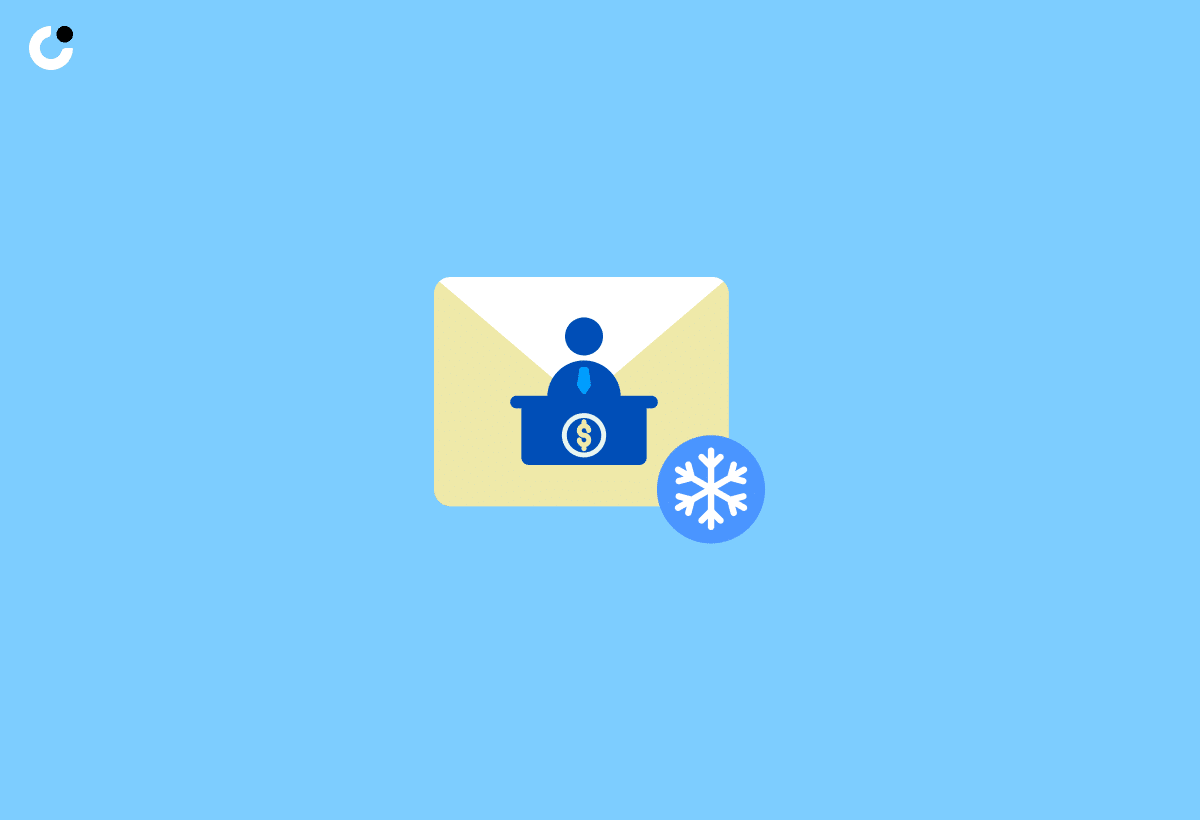Are you struggling to get your foot in the door with CFOs? You’re not alone. But fear not, this guide will teach you all the ins and outs of mastering the cold email to CFO strategy. You’ll discover the secrets behind understanding their role and priorities, crafting compelling subject lines, developing strong openings, addressing pain points, incorporating social proof, and more. So, buckle up and get ready to make a lasting impression on those elusive CFOs with your cold email to CFO expertise!
Key Takeaways
- Understand the CFO’s role and priorities to craft a compelling cold email
- Utilize personalization techniques, keep subject lines short and focused, avoid spam triggers in emails
- Address pain points with tailored solutions, provide relevant case studies and unique benefits of product/service
Understanding the CFO's Role and Priorities

Understanding the role and priorities of a CFO (as opposed to the rest of the c-suite) is key to effectively reaching out to them. As the financial stewards of a company, CFOs are responsible for financial management, risk assessment, and strategic planning. Tailoring your cold email approach to resonate with CFOs requires a deep understanding of these areas, which will help your message stand out in their crowded inbox.
Financial Management

In the realm of financial management, CFOs are responsible for:
- Managing the company’s financial activities
- Adhering to accounting principles
- Providing internal and external financial reporting
- Overseeing company assets
- Managing cash flow
- Administering budgets
- Conducting cost-benefit analyses
- Ensuring compliance with financial regulations
- Communicating value and risk.
A well-crafted cold email that highlights how your product or service can help address these aspects of financial management can capture the attention of a CFO and increase the likelihood of a response.
Risk Assessment

CFOs play a pivotal role in risk assessment, providing advice to the board on emerging risks, optimizing audit, compliance, and risk management processes, constructing a comprehensive risk management strategy, monitoring risks, and leveraging risk analytics for investment and strategic decision-making.
Focusing on risk assessment in your cold email not only demonstrates your understanding of the CFO’s concerns, but also provides solutions that cater to their needs, thereby making your email more appealing.
Strategic Planning

Strategic planning is crucial for a CFO as it helps create a roadmap for the company’s future growth and success. Essential elements of strategic planning from a CFO’s viewpoint include:
- Revenue management
- Financial metrics and reports
- Budgeting
- Financial forecasting
- Risk management
Emphasizing the significance of strategic planning and the role your offering plays in supporting it, will likely make your cold email resonate with CFOs and encourage them to engage with your message.
Crafting a Compelling Subject Line

The subject line is your first opportunity to make an impression on the CFO, so it’s crucial to make it count. A well-crafted subject line can be the difference between your email being opened or relegated to the trash folder.
This section will explore techniques for personalizing your email body, keeping your subject line succinct and focused, and avoiding spam triggers that could redirect your email to the junk folder.
Personalization Techniques

Personalizing your subject line can significantly boost your email open rates. Effective personalization techniques include:
- Utilizing first names
- Interests
- Birthdays and anniversaries
- Transaction history
- Personalization tokens such as name or location
Incorporating a relationship or shared acquaintance in the subject line, or even mentioning the company name, can also be a powerful way to grab a CFO’s attention.
Creating a personalized feel in your cold email subject line can increase the likelihood of capturing the recipient’s attention and eliciting a response. Using a well-crafted cold email template can further enhance your chances of success.
Keeping it Short and Focused

Concise and purposeful subject lines are essential for capturing the attention of busy CFOs. It is recommended to keep the email subject line within 30 to 50 characters or 4 to 9 words, not exceeding 60 characters.
Maintaining a subject line short and focused helps convey your email’s value to the recipient, encouraging further reading and increasing the chances of engagement.
Avoiding Spam Triggers
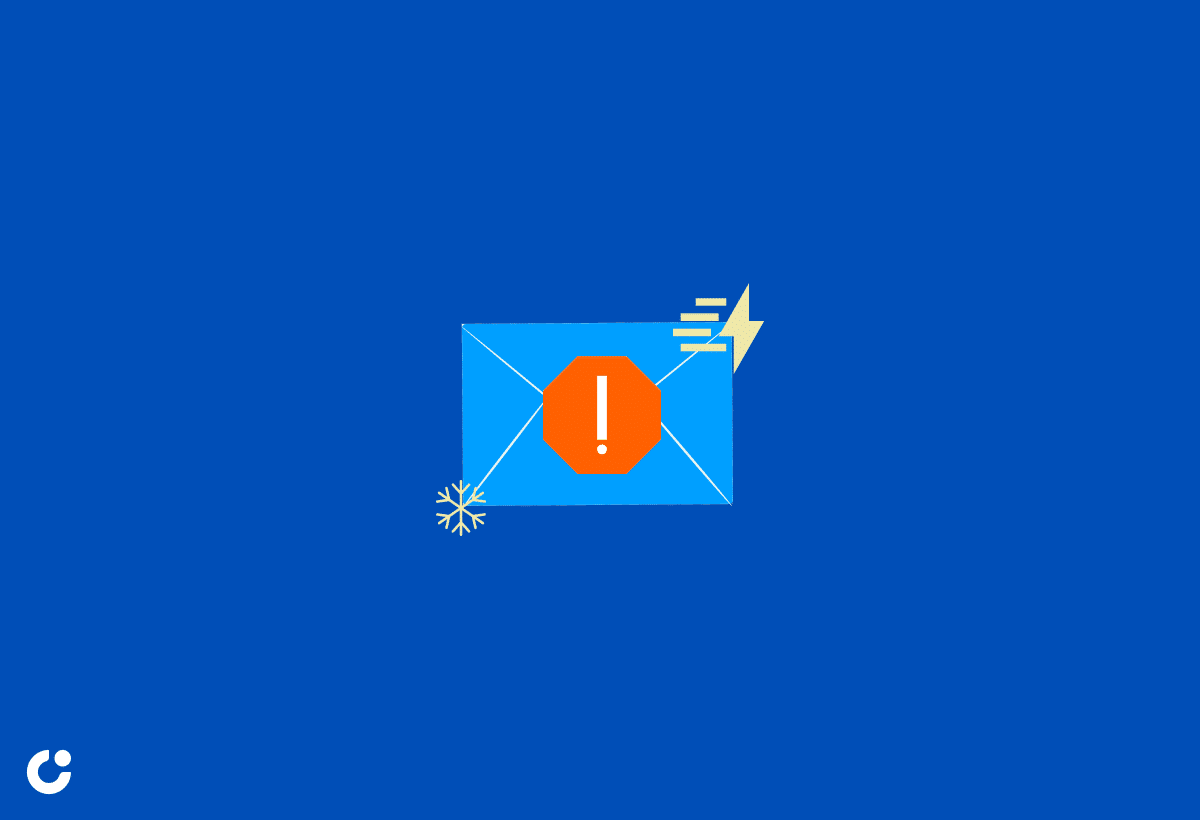
Nothing derails a cold email campaign faster than having your cold emails flagged as spam. To ensure your cold email’s success, refrain from using all capital letters, excessive punctuation, and terms such as “free” or “guarantee” in your subject line. For better results in cold emailing, consider using cold email examples and cold email templates as a reference to craft effective subject lines.
Ensuring your email content is free of these triggers will help your email bypass spam filters and land directly in the recipient’s inbox.
Developing a Strong Opening

Now that you’ve grabbed the CFO’s attention with a compelling subject line, it’s time to develop a strong opening. A well-crafted opening can make all the difference in securing a response from a busy CFO. This section delves into how to establish relevance, demonstrate research, and build credibility within the opening lines of your email.
Establishing Relevance

To establish relevance in your cold email, it’s crucial to address the recipient’s interests or needs. By doing so, you demonstrate that you have taken the time to research and understand their unique situation, creating a more engaging and personalized communication. Addressing the CFO’s specific pain points or needs and mentioning relevant industry trends or challenges can lead to a more unique message and increase the likelihood of a response.
Demonstrating Research

Showing that you’ve done your research on the CFO and their company can go a long way in establishing credibility and trust. Incorporating research into your email can be done by referencing specific findings or insights from reputable sources, such as Gartner, Inc.’s survey on evaluating finance function strategy, scope, and design or PwC’s Global Digital Trust Insights survey. Citing these research findings demonstrates your understanding of the current focus areas for CFOs.
Building Credibility

Establishing credibility in your cold email is essential for persuading a CFO to take action. To build credibility, you can:
- Include your title and a link to your website in your email signature
- Avoid appearing overly friendly or assertive
- Showcase your company’s achievements and success stories
Incorporating these elements bolsters your credibility in the eyes of the CFO by demonstrating your expertise, reliability, and track record of success.
Addressing Pain Points and Offering Solutions

Armed with an understanding of the CFO’s role, priorities, and industry challenges, it’s time to address their pain points and offer solutions. This section will explore ways to present relevant case studies and highlight the unique benefits of your product or service, demonstrating how it can assist the CFO in overcoming their challenges.
Understanding Industry Challenges

CFOs face numerous challenges in their roles, such as:
- Linking business plans across different teams
- Risk management
- Talent acquisition
- Precise forecasting
- Cost management
- ESG compliance
- Data management
Addressing these challenges in your cold email shows the CFO that you understand the obstacles they face and are offering a solution tailored to their specific needs.
Presenting Relevant Case Studies

Sharing relevant case studies in your cold email can help demonstrate the effectiveness of your product or service in addressing the CFO’s pain points. Presenting real-world examples of how your solution has helped other clients in similar situations can help build trust and persuade the CFO to consider your offering.
Highlighting Unique Benefits

In addition to presenting case studies, it’s crucial to highlight the unique benefits of your product or service that set it apart from the competition. These benefits could include:
- Cost savings
- Faster delivery times
- Superior customer service
- Exclusive access to certain products or services
Emphasizing these unique benefits further demonstrates the value of your offering and makes a more persuasive case to the CFO.
Incorporating Social Proof
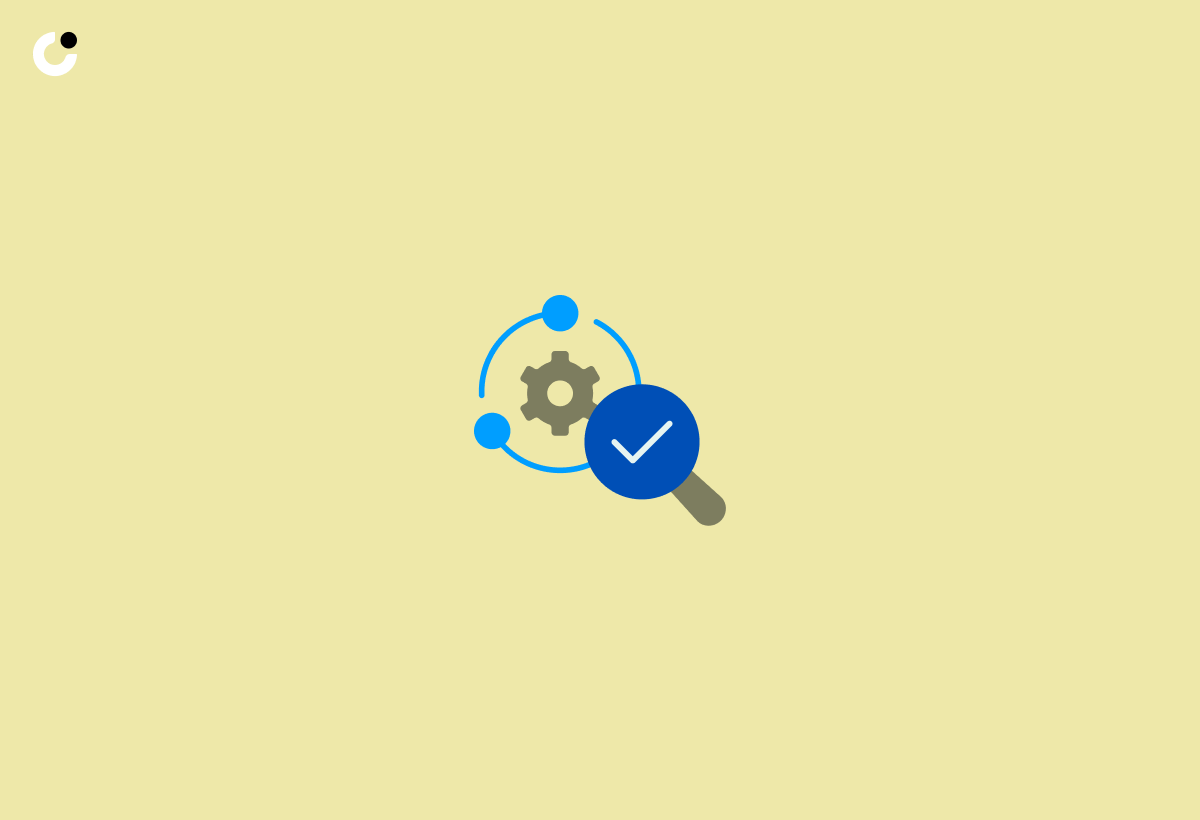
Incorporating social proof in your cold email can further strengthen your case and build trust with the CFO. This section will explore ways to include client testimonials, industry awards, and media mentions to showcase the credibility and success of your product or service.
Client Testimonials

Including client testimonials in your cold email can help establish trust and reliability with the CFO. These testimonials should be specific and demonstrate how the customer benefited from your product or service, such as:
- Increased efficiency
- Revenue growth
- Cost savings
- Improved customer satisfaction
Showcasing the positive experiences of prior clients can help build trust and encourage the CFO to consider your offering.
Industry Awards

Highlighting industry awards can further enhance your credibility with the CFO. Awards such as the Office of the CFO Awards (OCFOs), Finance and Accounting Appreciation Week, LA Business Journal CFO Awards, and others can demonstrate your expertise and authority in the industry. Showcasing these accolades can help convince the CFO of your worthiness as a potential partner.
Media Mentions
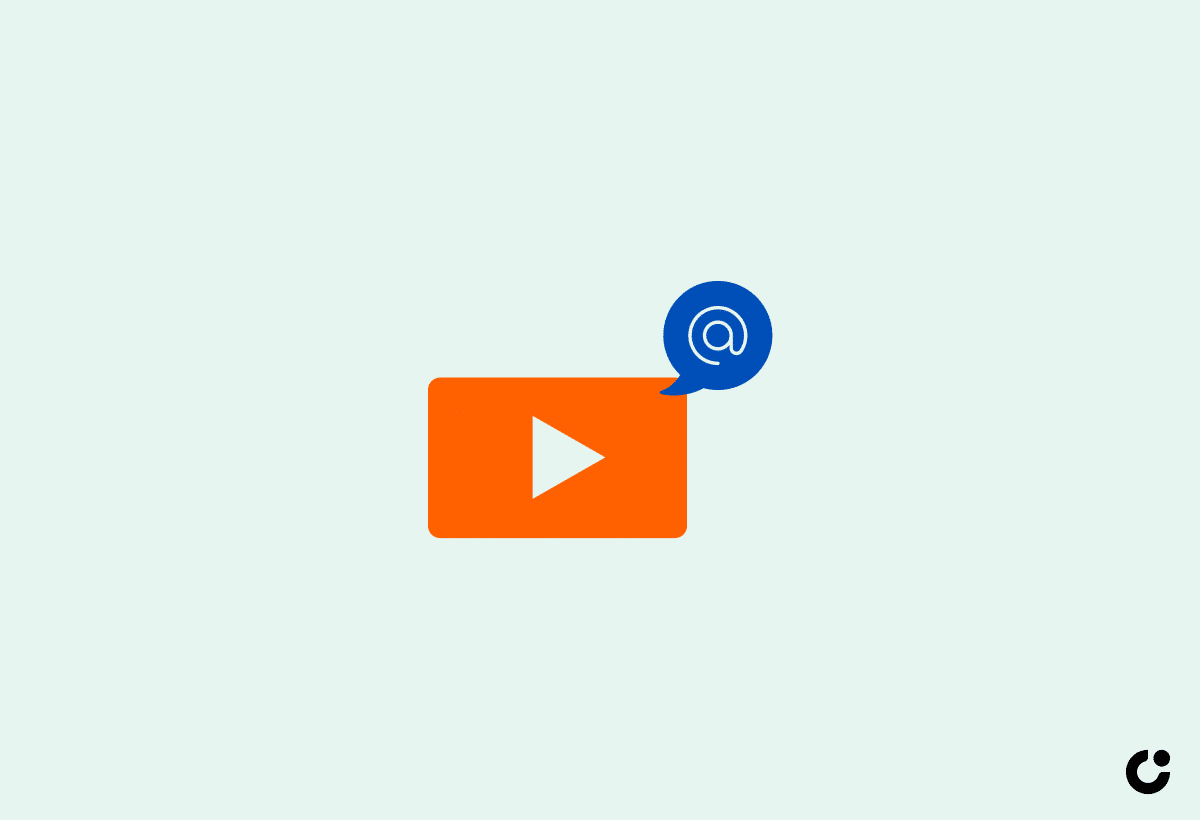
Media mentions can also serve as a form of social proof, demonstrating your credibility and validation to potential customers. By including links to press coverage, articles, or references by influencers or industry specialists, you can foster trust and improve your reputation in the eyes of the CFO.
Crafting a Clear Call-to-Action

With all the necessary components in place, it’s time to craft a clear call-to-action that encourages the CFO to take the next step. This section will discuss how to propose a meeting or call, offer a free consultation or demo, and provide valuable resources to the CFO.
Suggesting a Meeting or Call
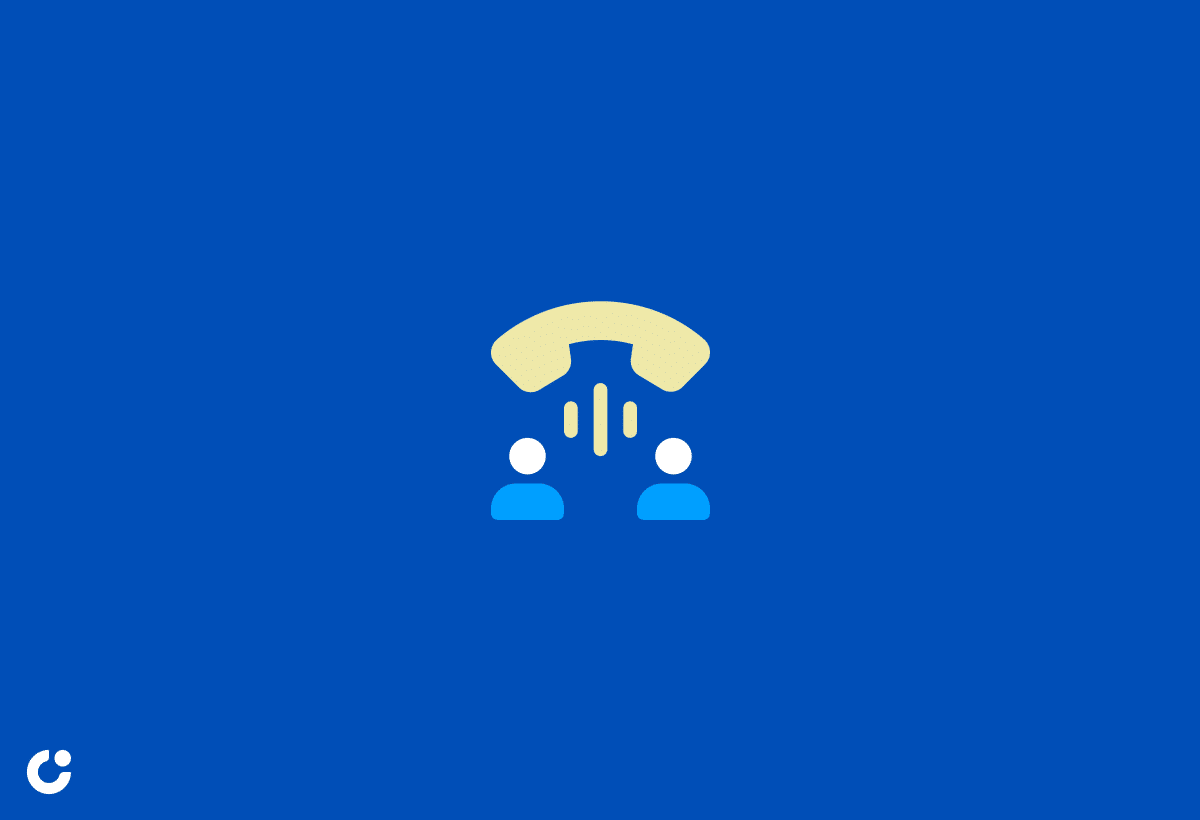
When suggesting a meeting or call in your cold email, it’s important to provide a reference point with an element of flexibility, such as “I’d love to discuss how our solution can help your company save on costs. Are you available for a quick call next Tuesday or Thursday afternoon?”. Offering a couple of specific times while remaining accommodating to the CFO’s schedule increases the likelihood of securing a meeting and moving forward in the sales process.
Offering a Free Consultation or Demo

Offering a free consultation or demo can be a powerful way to showcase the value of your product or service to the CFO. By providing them with a firsthand experience of your solution, you can help address any lingering doubts or questions they may have. Be sure to include a clear call-to-action, such as “Click here to schedule your free consultation,” to encourage the CFO to take advantage of this opportunity. This can also be a great opportunity for your sales reps to build rapport with the CFO.
Providing Valuable Resources

Finally, consider providing valuable resources in your email, such as whitepapers, case studies, or industry reports, that can help the CFO make a more informed decision. By offering these resources free of charge, you demonstrate your expertise and commitment to helping the CFO succeed, increasing the likelihood of them engaging with your email and considering your offering.
Polishing Your Email for Maximum Impact

With your cold email now complete, it’s time to polish it for maximum impact. This section will discuss the importance of proofreading for errors, optimizing for mobile devices, and maintaining a professional tone in your email.
Proofreading for Errors

Before sending your email, it is important to proofread it for spelling and grammar mistakes and to ensure the information provided is accurate. Errors can impair your credibility and cause misunderstandings, so it’s essential to take the time to review your email and ensure its accuracy.
Optimizing for Mobile Devices

With more people than ever checking their emails on mobile devices, it’s vital to ensure your email is optimized for smaller screens. To do this, you can follow these tips:
- Use a single-column layout.
- Ensure the subject line and preheader text are within the character limit.
- Utilize larger font sizes for improved readability.
By implementing these strategies, you can ensure that your emails are easily readable and engaging for mobile users.
Maintaining a Professional Tone

Lastly, ensure your email maintains a professional tone by using an appropriate email template. This includes being courteous and honest, utilizing non-discriminatory language, and structuring information in order of importance.
A professional tone not only ensures your message is clear and respectful but also helps to maintain a positive and professional image for your company.
Following Up and Nurturing the Relationship

Even with a well-crafted cold email, it’s important to follow up and nurture the relationship with the CFO. This section will discuss the importance of appropriately timing your follow-up and providing additional value to maintain the conversation and further build trust with the CFO.
Timing Your Follow-Up
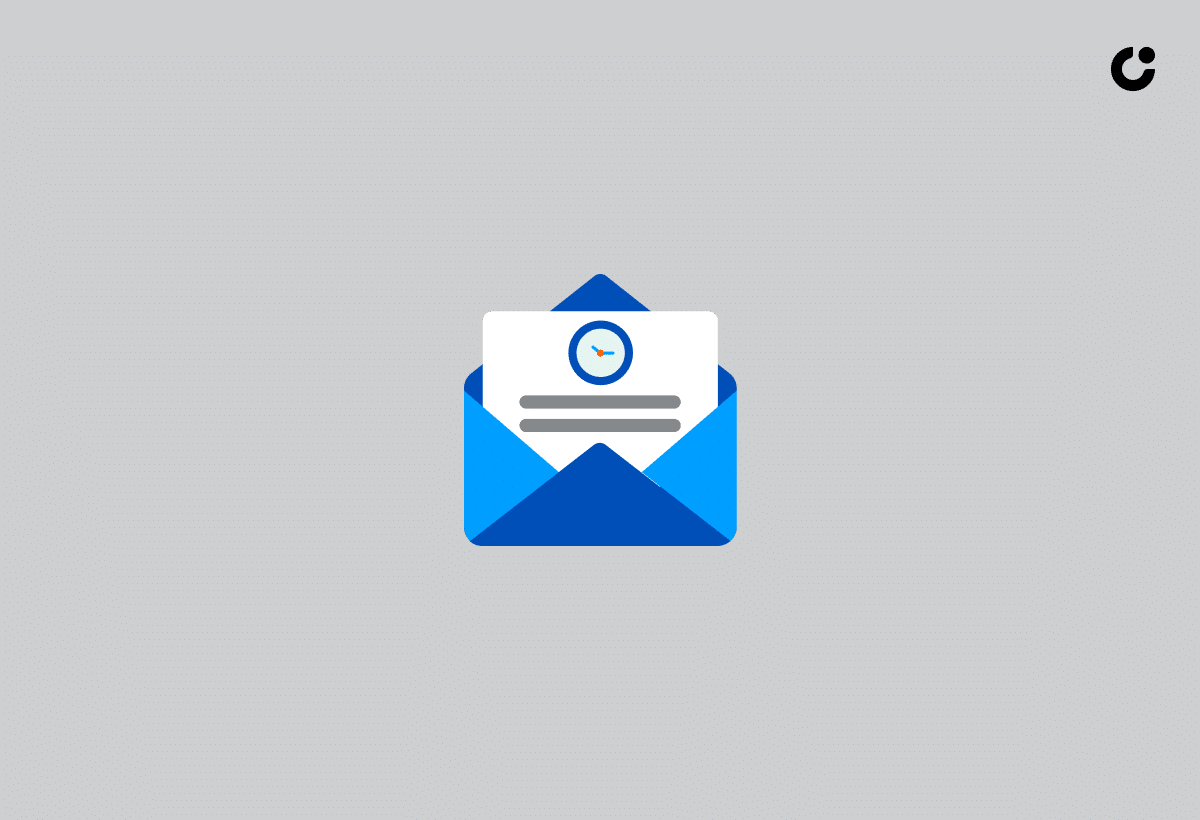
When it comes to following up on your initial cold email, timing is crucial. It’s generally advised to send a follow-up email within two to three days after the initial cold email outreach. Additionally, consider the best practices for scheduling the time of day to send a follow-up email, such as sending it on Tuesday or Thursday mornings around 6 a.m..
Providing Additional Value

Continuing to provide additional value to the CFO in your follow-up email is essential. This can include sharing relevant resources or articles, offering personalized discounts or special offers, or addressing any questions or concerns they may have.
By continually demonstrating your expertise and commitment to helping the CFO succeed, you can further establish trust and nurture the relationship.
Summary
In conclusion, mastering the cold email to CFOs is a crucial skill for sales professionals looking to make an impact in today’s competitive business landscape. By understanding the CFO’s role and priorities, crafting compelling subject lines, developing strong openings, addressing pain points and offering solutions, incorporating social proof, and crafting clear call-to-actions, you can increase your chances of capturing the attention of elusive CFOs and ultimately, securing their business. With persistence, patience, and practice, you’ll be well on your way to cold email success.
Frequently Asked Questions
How do you write a cold email to a CEO?
Start with a clear conclusion, use a professional tone, and make a connection with the reader by personalizing your introduction. Include WIIFT (What's In It For Them) quickly, tie in industrial insight to support it, and end with a soft call-to-action and simple signature.
How do I email a CFO?
When emailing a CFO, be sure to address their concerns and explain how what you're offering is beneficial for their company. Do not just promote the growth of their business without expecting a response.
How do you write a powerful cold email?
Write a clear conclusion in the first sentence, use a professional tone, and keep it brief with personalized greetings. Ask questions and include a call to action, follow up promptly and make yourself memorable by being specific rather than generic.
What are some effective personalization techniques for email subject lines?
Personalizing subject lines with the recipient's name, interests, and personal information such as birthdays, anniversaries, location, and transaction history can be effective tactics to grab reader attention.
How can I optimize my cold email for mobile devices?
Optimize your cold email for mobile devices by using a single-column layout, keeping the subject line and preheader text within character limits, and utilizing larger font sizes for improved readability.

